match the type of unit cell given column I with the features iven in Column II .
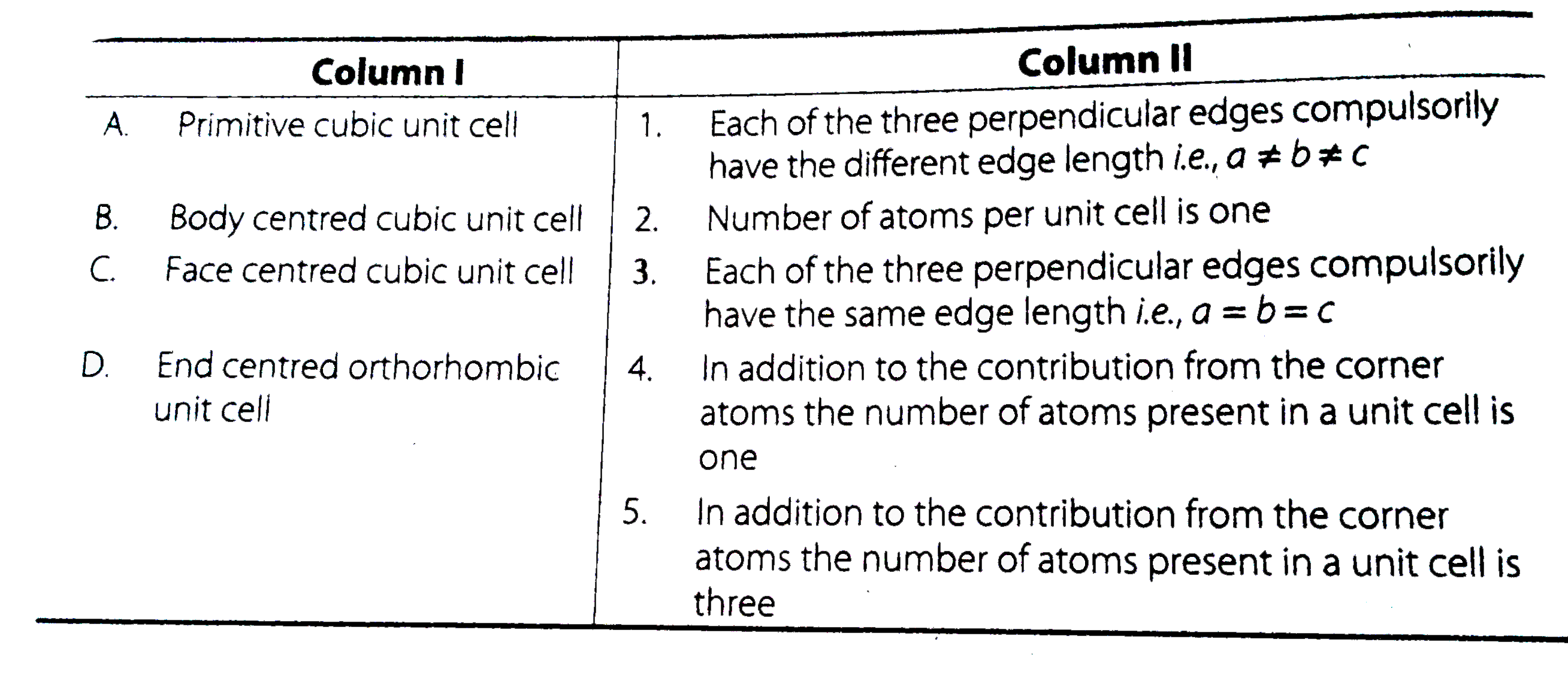
A .For primitive unit cell ,a=b=c
total number of atoms per unit cell =1/8×8=1
Here 1/8 is due to contrbution of each atom present at corner .
B. For body centred cubic unit cell , a=b=c
this lattice contain atoms ata corner as well as body centre contribution due to atom at corner =1/8×8=1 contribution due to atoms at body centre =8
C. For face centread unit cell ,a=b=c
total consitiuent ion sper unit cell present at comes =18×8=1
total constitiuent ions present at face centre =12×6=3
D. for end centered othormbic unit cell a≠b≠c
total contribution of atoms present at corner =18×88=1
total contribution of atoms present at end centre =12×2=1
Hence , other than corner it contain total one atom per unit cell .

Topper's Solved these Questions
Similar Questions
Match the type of unit cell given in Column I with the features given in Column II.
coloumn I
(i) primitive cubic unit cell
(ii) Body centred cubic unit cell
(iii) Face centred cubic unit cell
(iV) End centred orthohomic unit cell
Column -II
(a) Each of the three perpendicular edges compulsorily have the different edge length i.e., a≠ec
(b) Number of atoms per unit cell is one
(c) Each of the three perpendicular edges compulsorily have the same edge length i.e., a=b=c
(d) In additions to the contribution from the corner atoms the number of atoms present in a unit cell is three.
View SolutionMatch the types of colloidal systems given in Column I with the name given in Column II.
View Solution
Knowledge Check
Select the correct match of the techniques given in column I with its feature given in column II.
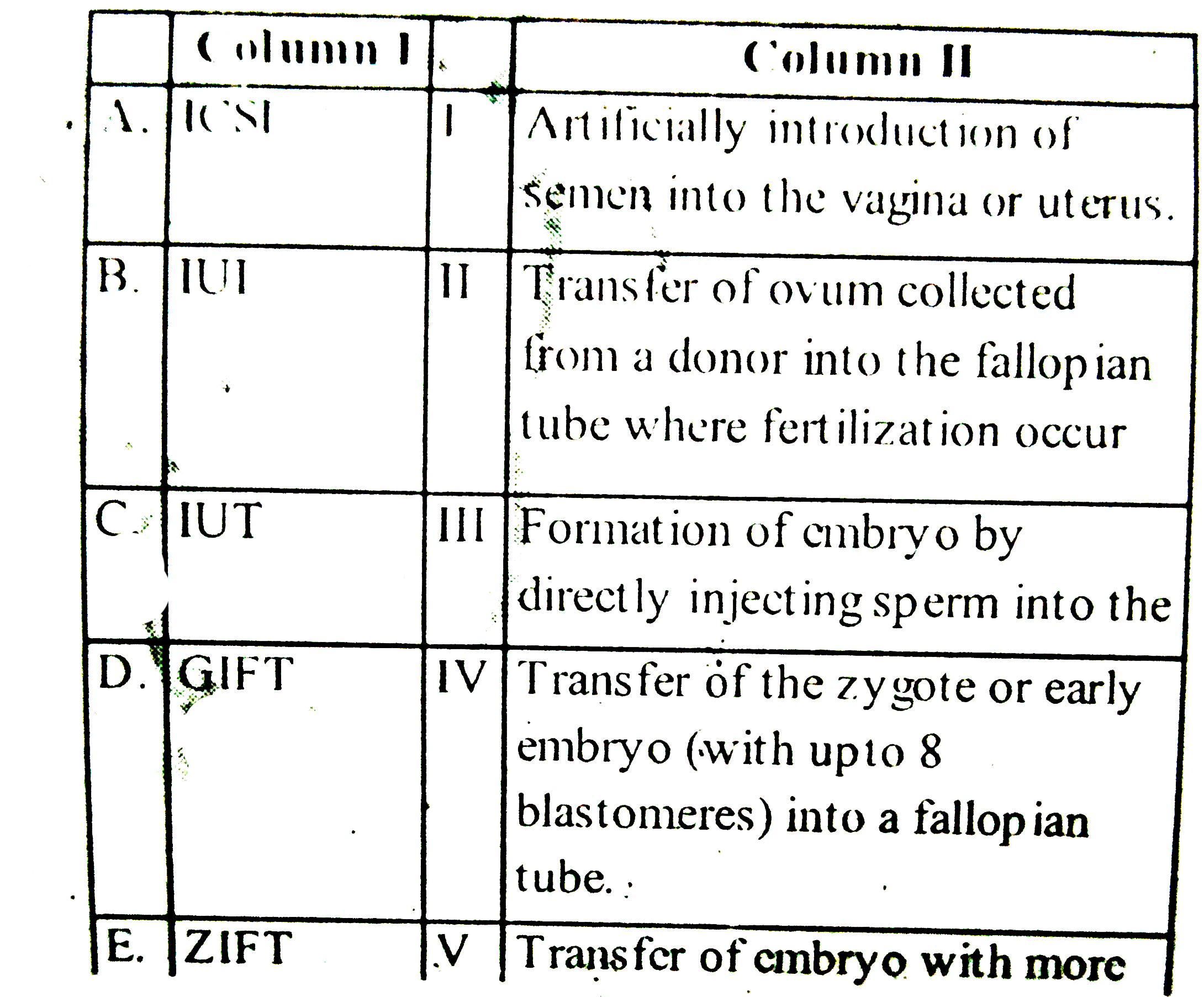 AA – V, B – IV, C – I, D – III, E – IVBA – I, B – II, C – III, D – IV, E – VCA – III, B – V, C – II, D – IV, E – IDA – III, B – I, C – V, D – II, E – IV
AA – V, B – IV, C – I, D – III, E – IVBA – I, B – II, C – III, D – IV, E – VCA – III, B – V, C – II, D – IV, E – IDA – III, B – I, C – V, D – II, E – IV
Match the type of colloidal systems given in Column I with the name given in Column II.

View SolutionMatch the type of lens given in column I with their uses given in column II.
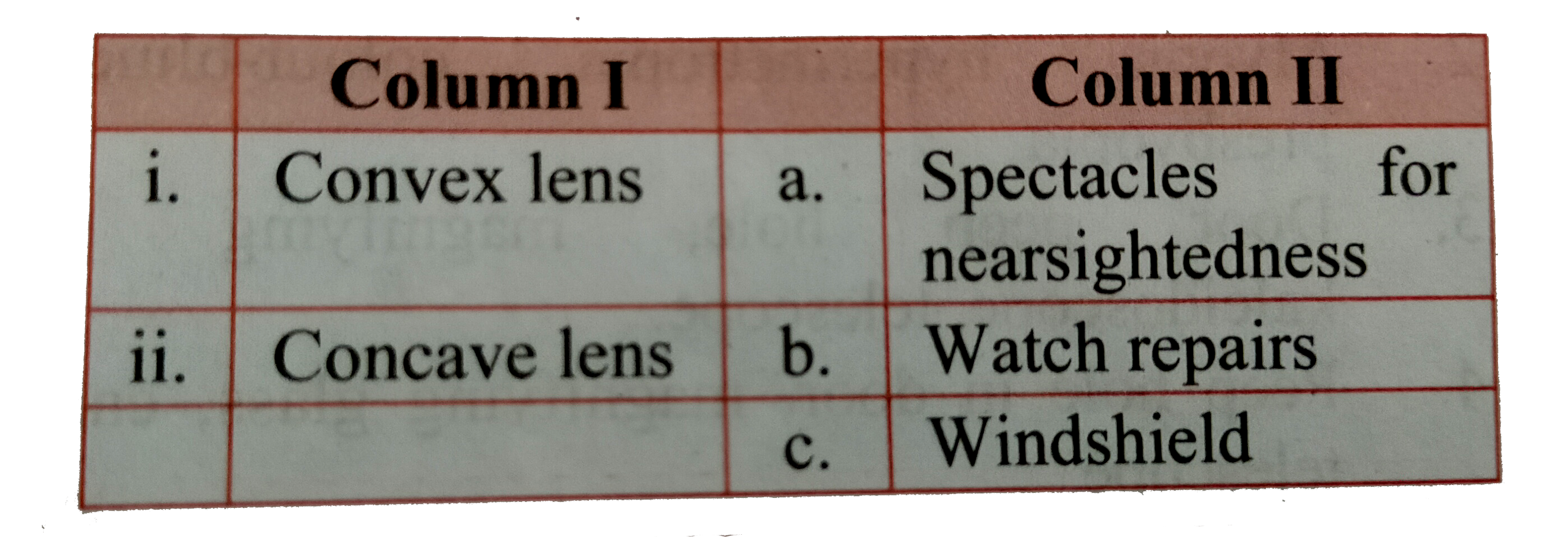
View SolutionMatch the terms given in column I with the units given in column II.

View SolutionMatch the terms given in Column I with the units given in Column II.

View SolutionMatch the type of packing given in column I with the iterms given in column II.
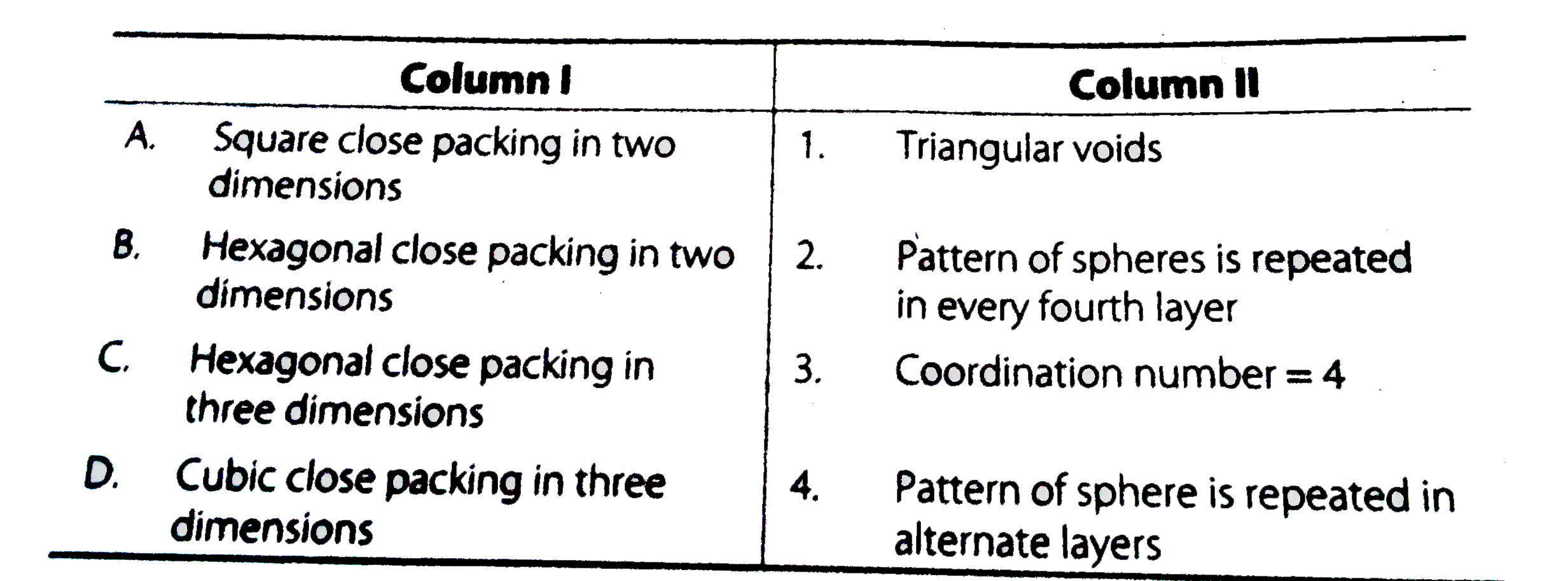
View Solutionmatch the types of defect given in column I with the statement given in column II.

View SolutionMatch the compounds given in column I with the effects given in Column II
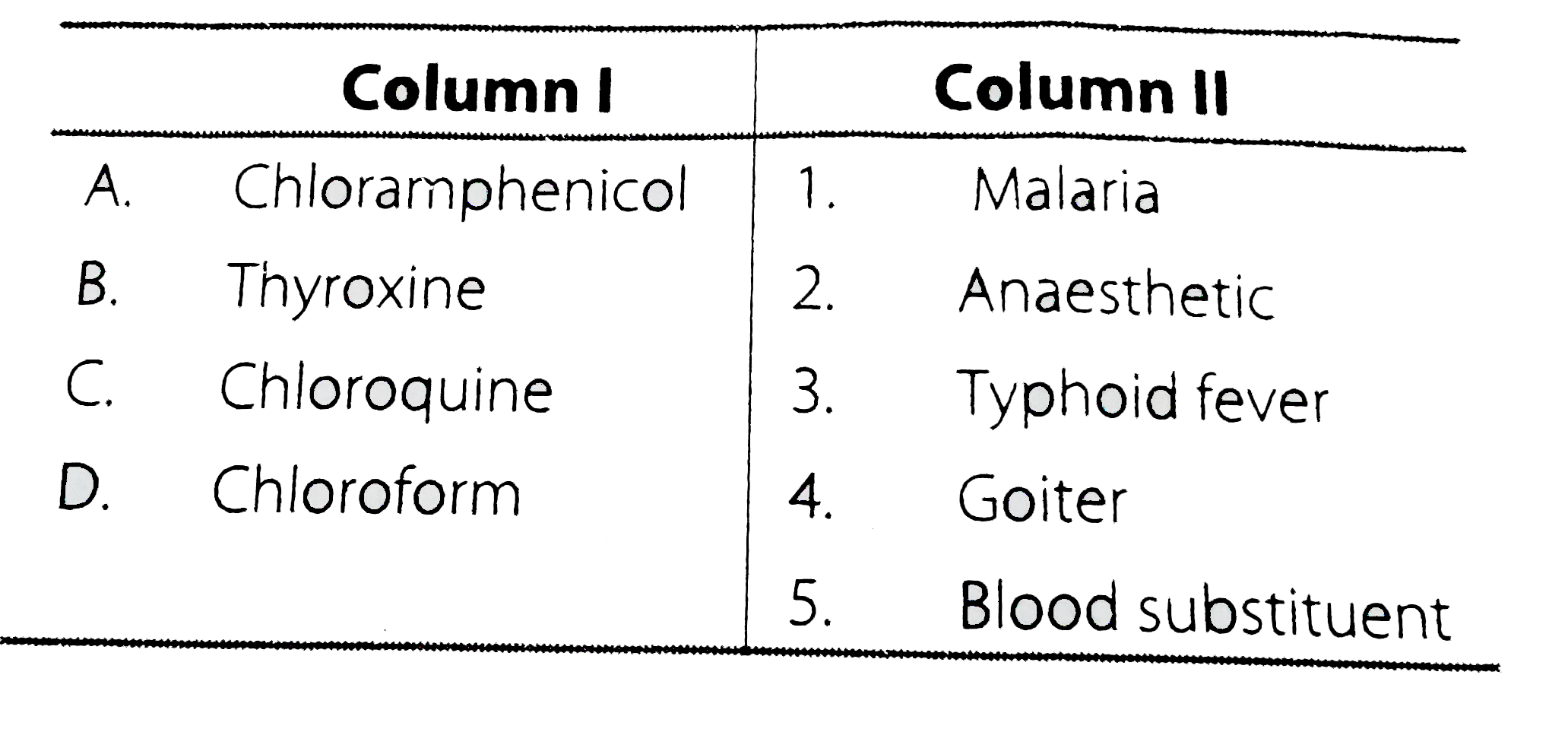
View Solution
